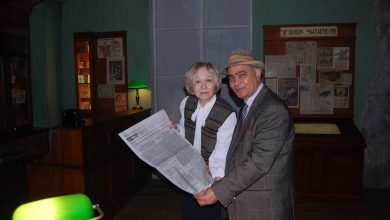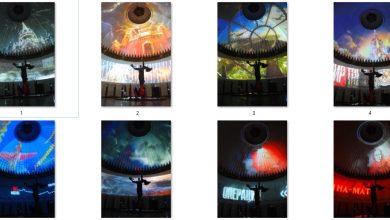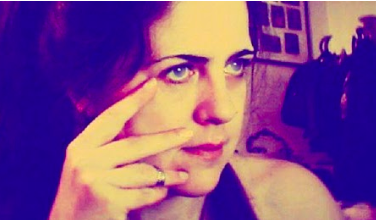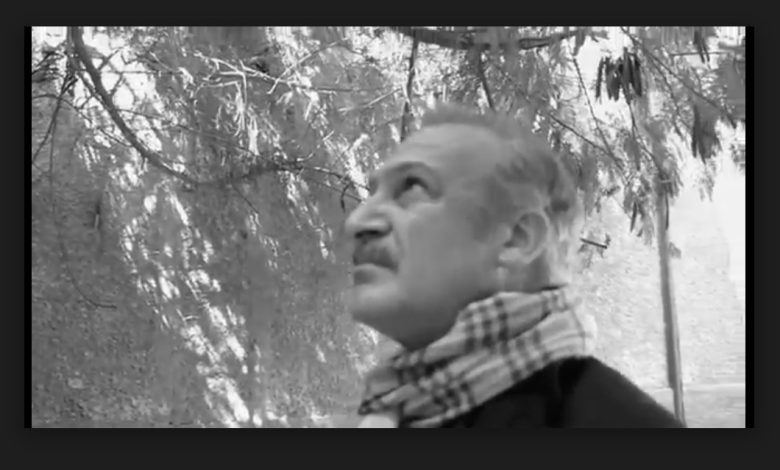
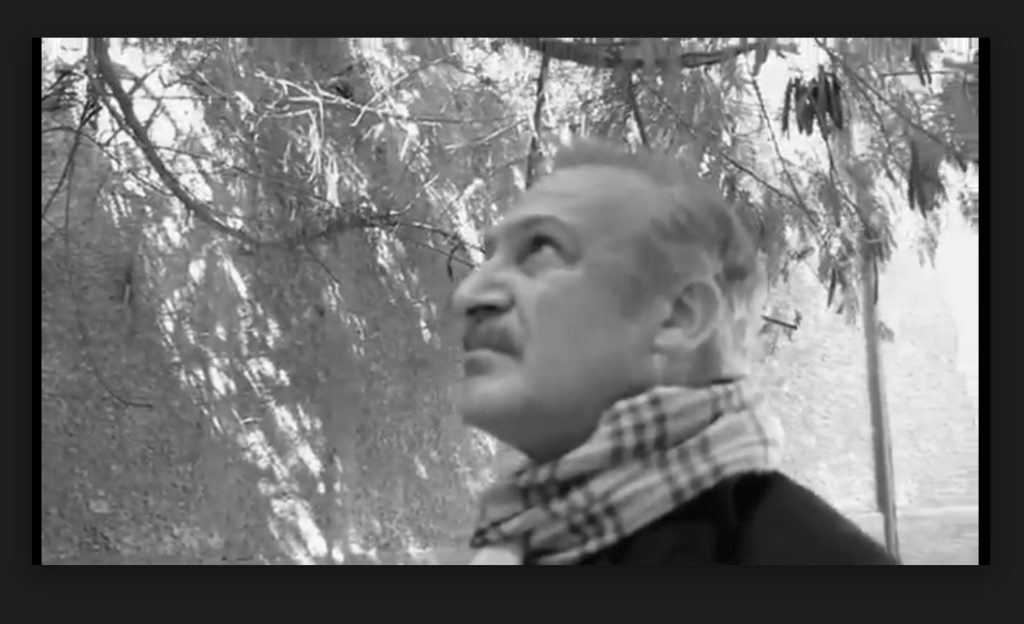
In his feature film My Girl (67 minutes), director and writer Mazen Lotfy presents a cinematic experience that moves from personal introspection to social issues. Through the protagonist, John, who returns to his family home in Cairo after years of absence, the film explores how his past shapes his present. With a bold stylistic approach, Lotfy uses black and white for present moments and color for memories, employing a visual language that reflects a complex psychological and social vision of love, family, and regret.
A Visual Narrative That Centers Faces Over Spaces
One of the film’s most distinctive features is the dominance of close-up shots, allowing the camera to focus on facial expressions and reactions rather than setting the scene through wide shots of locations. This choice suggests that the real world is not defined by its physical spaces but rather by the inner emotional landscapes of its characters. Instead of offering panoramic views of Cairo (shooter by the director), and Japan (taken by Basem Tana), the film conveys its setting through gazes, silences, and the unspoken tensions between family members.
This technique is particularly evident in confrontation scenes between John and his brother. The camera captures their exchange of looks, speaking volumes beyond the dialogues themselves. These moments effectively illustrate the emotional chasm within the family, where silence carries more weight than words.
A Sensitive Approach to Human Struggles
The film thoughtfully addresses the care of the elderly, particularly through the mother’s illness. One of its most poignant moments is the bathing scene, which is handled with great sensitivity. Rather than exploiting the moment for dramatic effect or excessive sentimentality, the director maintains a balance between emotion and realism. The camera’s perspective is intimate yet respectful, emphasizing the deep humanity of the situation without crossing into overt voyeurism.
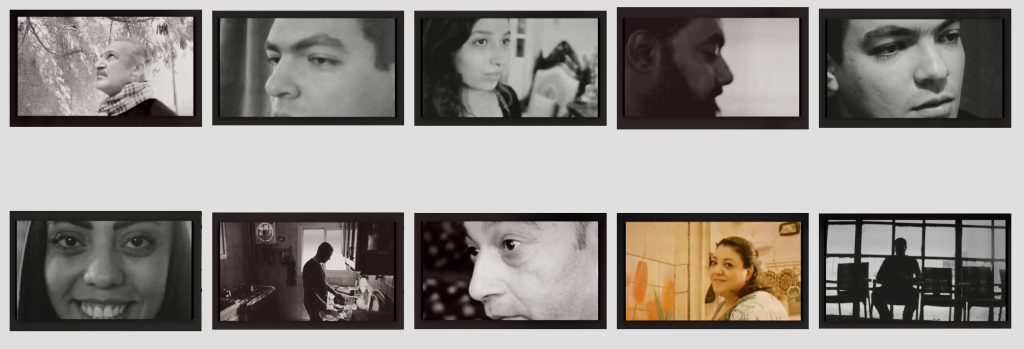
The Sky as a Silent Partner in Storytelling
Repeated shots of the sky serve as a recurring motif, as if the characters are seeking solace or answers beyond their reach. These shots may carry religious or psychological symbolism, representing either silent prayers or a desire to escape the burdens of reality. For John, these upward glances seem to signify an internal exile, a search for answers that remain elusive on earth.

Social Commentary: Family Struggles Between Economics and Psychological Distress
Beyond its personal narrative, My Girl also presents a broader commentary on family and society. The family depicted in the film is torn apart by economic hardship, while its members grapple with psychological pressures that strain their relationships. John, emotionally detached and unable to see love beyond his own definition, ultimately loses everyone around him—includingu his fiancée, who returns the engagement ring. This conflict between individual desires and familial duty is a recurring theme in socially conscious films, but Lotfy approaches it with a deep psychological lens, prompting the question: Is memory stronger than reality?
 An Emotional Journey in Black and White
An Emotional Journey in Black and White
My Girl is not a conventional social drama but rather an introspective journey into the mind of a troubled character who uses nostalgia as a means of healing—or perhaps escape. The cinematography plays a central role in this experience, making the colored memories feel more vivid than the gray-toned present. This contrast strengthens the film’s emotional impact, turning it into a deeply contemplative visual experience.
More than just a story, My Girl is a visual reflection of inner pain and an open-ended question about the meaning of love and belonging.
Film Credits:
Starring Omar Zahran, Aarefa Abdel (Vocal Performance), Mary Girgis, Hajer Omar, Aya Majed, Hassan Mohamed, and Hussein Ashmawy. The film’s score was composed by Polish musician Peter Niermer. Written, directed, and edited by Mazen Lotfy.

 An Emotional Journey in Black and White
An Emotional Journey in Black and White